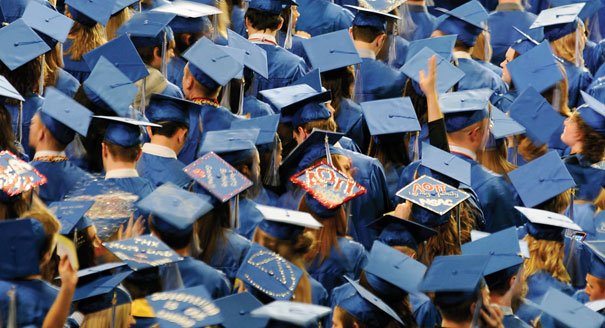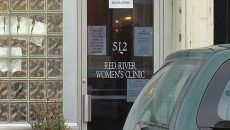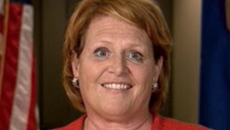The Cost Of Student Loans Must Go Up

Last month House Republicans passed legislation which would tie interest rates on student loans to US Treasury notes, with a cap at 8.5%. This would have the effect of introducing at least some element of market forces to the student loan market.
Democrats in the Senate have a plan, not yet voted on, which would raise taxes (“close tax loopholes” in liberal speak) on “retirement accounts, foreign corporations operating in the United States, and tar-sands oil refineries,” according to Politico.
When House Republicans passed their legislation, Democrats attacked them for making student loans more expensive. “Congressman Kevin Cramer joined House Republicans yesterday to approve the ‘Students Pay More Act,’ a measure to force college students to pay more interest for their education loans,” crowed North Dakota Democrats in a press release. “With the average college student shouldering $26,000 in debt, the Associated Press this week described how ‘student loan rates could steadily climb and cost students more over the long haul under the plan House Republicans are considering.'”
But here’s the things: We have a student loan bubble that is absolutely creating debt problems for students, but the government subsidizing low-interest student loans and mandating that they be issued with little consideration for whether or not the borrowers can pay them back, is what’s driving that problem.
Put another way, what’s causing the student loan bubble (and, in turn, driving the run-away cost of higher education) is government policies making student loans cheap and easy to get.
It’s not at all unlike the housing bubble of 2009, where government policies to make home mortgages cheaper and easier to get drove up housing prices while flooding the market with subprime loans. Eventually, that house of cards collapsed, and unless some market forces are injected into the student loans market we’re headed for a collapse there too.
According to a new report from the US Department of Education, 11 percent of all student loans are at least 90 days delinquent. That is a brand new record high, and it is almost double the rate of a decade ago. Total student loan debt exceeds a trillion dollars, and it is now the second largest category of consumer debtafter home mortgages. The student loan debt bubble has been growing particularly rapidly in recent years. According to the Federal Reserve, the total amount of student loan debt has risen by 275 percent since 2003.
The government keeping student loan interest rates artificially low is only going to feed this problem.







